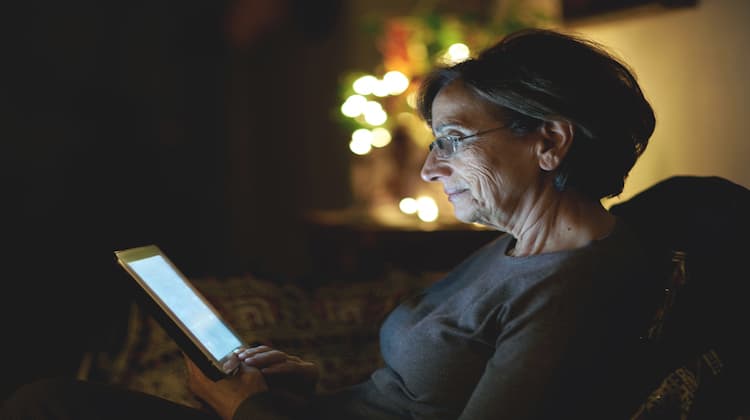As the responsibility for patient medical care can shift to “informal” caregivers, the idea of “caring for the caregiver” is increasingly critical to addressing the complex demands place on caregivers. According to the Family Caregiver Alliance (FCA), informal caregivers are defined as an unpaid individual (e.g., a spouse, partner, family member, friend or neighbor) involved in assisting others with activities of daily living and/or medical tasks. These individuals may be asked to play a role in managing care, making medical decisions and dispensing medications.
Approximately 34.2 million Americans are providing unpaid care to an adult age 50 or over, according to a 2015 study by the National Alliance for Caregiving (NAC) and AARP Public Policy Institute.
- More than half (59%) of caregivers help their loved one with at least one Activity of Daily Living (ADL), most commonly helping their care recipient get in/out of beds and chairs
- Nearly half (47%) of caregivers provide care to someone 75 years old or older
- Of those who provide complex chronic care, 46% of these caregivers perform medical and nursing tasks and more than 96% provide help with Instrumental Activities of Daily Living (IADL) such as taking prescribed medications, shopping for groceries, providing transportation, or using technology.
The role is challenging and typically incremental to a caregivers’ full-time work, family responsibilities, etc. Caregivers may need specific instruction and additional resources depending on their loved one’s condition and needs, and their own problems, strengths, and resources. Becoming an informal caregiver for a family member or friend may also be the first time when an individual assumes the additional responsibility. Regardless of one’s experience in caregiving, individuals might not be sufficiently prepared nor receive adequate support from the patients’ providers and their respective health plans.
Organizations such as the NAC are an important resource for caregivers by answering questions, providing advice, and offering emotional support. However, the physical and emotional burden is heavy for caregivers as they need to also manage their own health and well-being.
Virtual Care Technology Provides Resources for Caregivers
Technology can also help alleviate some of the stress which caregivers face. Whether the caregiver is onsite with the patient or remote, providers can include the caregivers during critical discussions such as the explanation of diagnosis, the next steps in the transfer of care, and the expectations for medication adherence and follow-up. Virtual care technology allows caregivers to be “present” throughout the continuum of care, whether they are included in video-based virtual consults or visits, or also on the receiving end of the messaging sent to patients about upcoming appointments or medication reminders. Caregivers might not need to physically be at the patient’s side in order to participate in the ongoing care conversations.This option is also valuable for family members who live/work a significant distance from their loved ones. Keeping caregivers engaged equates to keeping the patient engaged, encouraging better plan and medication adherence.
Also, the caregivers themselves may use the platform for their own self-care – especially when emotional support from mental/behavioral health professionals can be accessed via video. By enabling caregivers to use their devices from the comfort of their own home, a virtual care platform can help these individuals conveniently and cost-effectively receive counseling. The caregivers will also not be further challenged by the travel time and expenses typically involved with in-person appointments. Providing caregivers with easier access to emotional care can help the caregivers continue to provide the challenging and demanding care needed by their loved ones.

